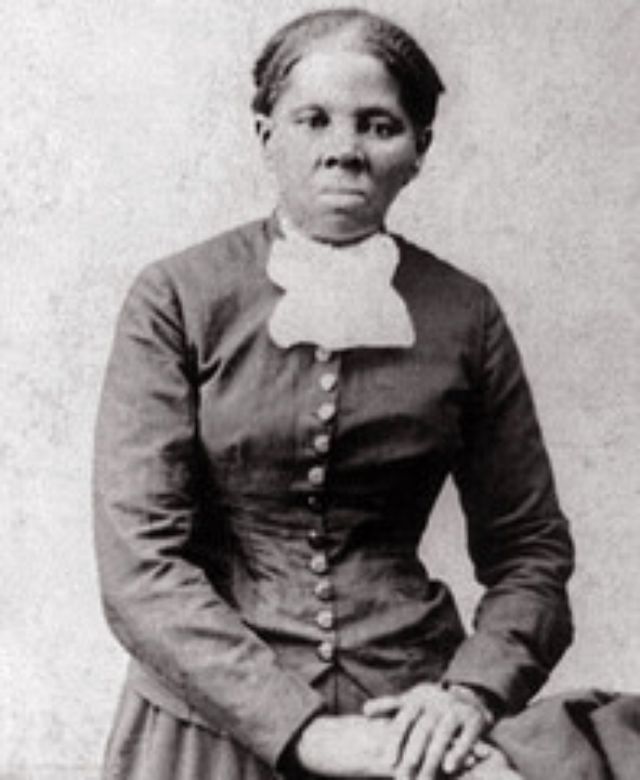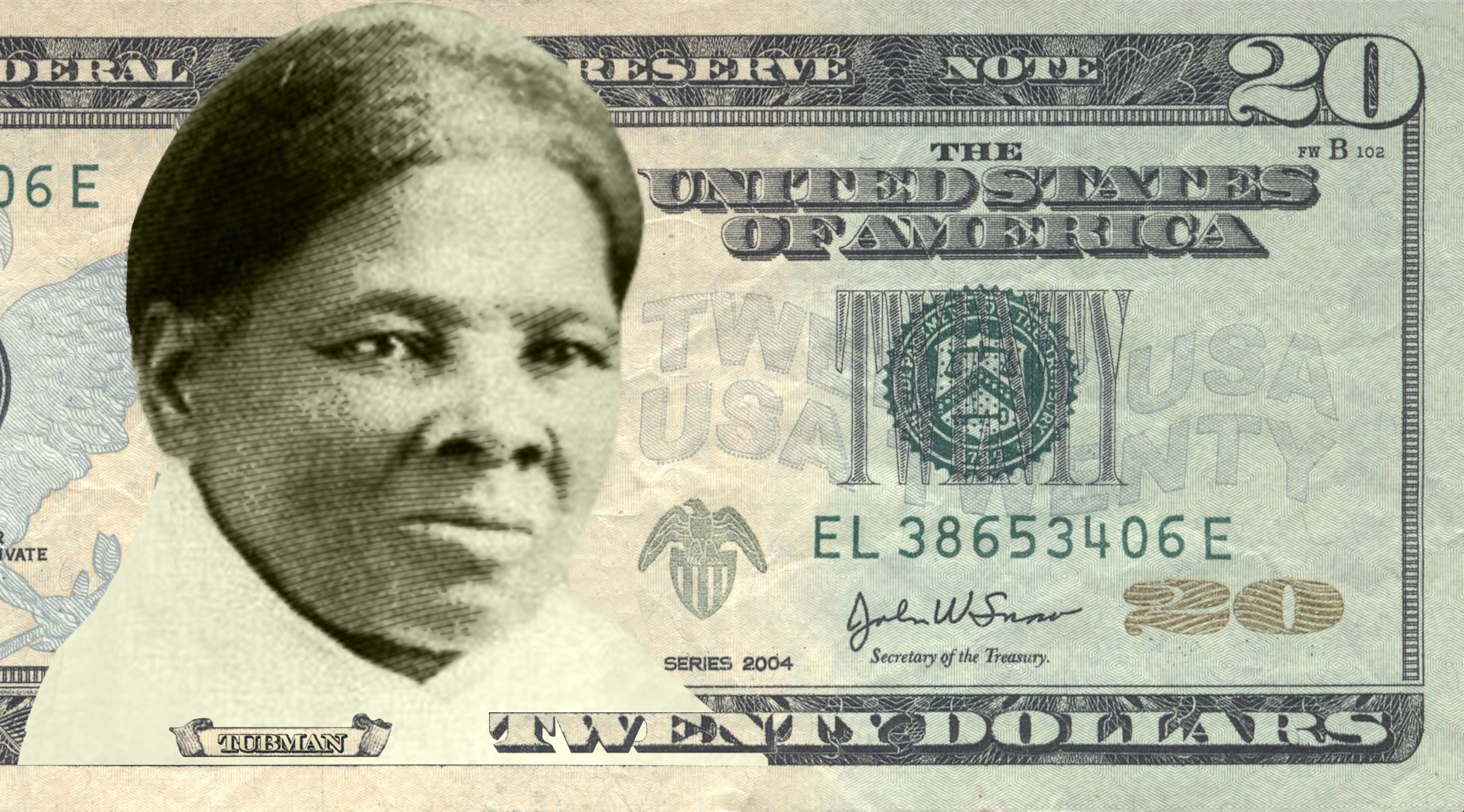The U.S. Treasury Department announced April 20 that Harriet Tubman—known as the Moses of her people—will replace President Andrew Jackson on the face of the $20 bill. Many American schoolchildren know of Tubman as the African-American abolitionist who led thousands of slaves to freedom.
But did you know she had deep ties to the African Methodist Episcopal Church Zion? To this day, the AME Zion Church—a Pan-Methodist communion partner of The United Methodist Church—owns and maintains her home in Auburn, NY. Read UMNS’s account of Tubman’s AME Zion ties.
 And closer to home, we can celebrate that the courageous Tubman, when she first escaped from slavery in 1849, landed in Philadelphia, grateful to be on free soil after a 90-mile journey. “When I found I had crossed that (Pennsylvania) line,” she later recalled, “I looked at my hands to see if I was the same person. There was such a glory over everything; the sun came like gold through the trees, and over the fields, and I felt like I was in Heaven.”
And closer to home, we can celebrate that the courageous Tubman, when she first escaped from slavery in 1849, landed in Philadelphia, grateful to be on free soil after a 90-mile journey. “When I found I had crossed that (Pennsylvania) line,” she later recalled, “I looked at my hands to see if I was the same person. There was such a glory over everything; the sun came like gold through the trees, and over the fields, and I felt like I was in Heaven.”
But Tubman soon returned to Maryland to rescue her family, slowly guiding and sometimes prodding them and eventually many other slaves to freedom during 19 dangerous treks. “Liberty or death,” she once said. “If I could not have one, I would have the other.”
She became an abolitionist, a member of the Philadelphia Anti-Slavery Society and a conductor on the secret Underground Railroad that helped slaves escape to freedom. She was also a Union Army nurse and spy, totally committed to the cause of liberty for all.
However, about two years after she moved to Montgomery County, the Fugitive Slave Law of 1850 was passed, which classified her as a “fugitive slave” rather than a free woman. It also severely punished anyone aiding a slave’s escape and forced law enforcement officials in free states to help capture and return “fugitive slaves” to the South, where they were re-enslaved. Often those captured and returned were legally free blacks, like Simon Northrup, whose story was told in the popular film “Twelve Years a Slave.”
Therefore, Tubman and many other free blacks soon left Pennsylvania to head farther north–as far as Canada for some–to escape reenslavement under the Fugitive Slave Law. After the Civil War she became an active suffragette advocating for equal rights for women.
Learn more from two informative articles, one on Wikipedia and another published by the Pennsylvania Center for the Book .
John W. Coleman
Eastern PA Conference Communications Director

